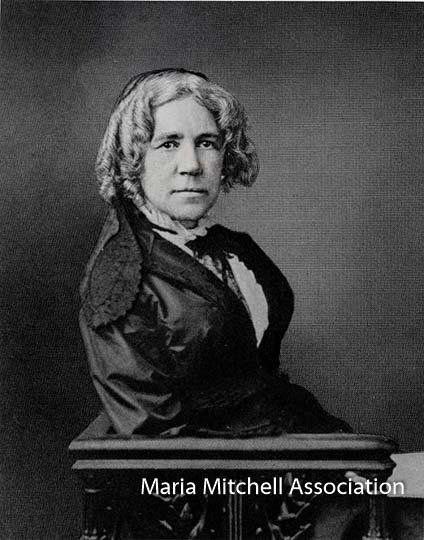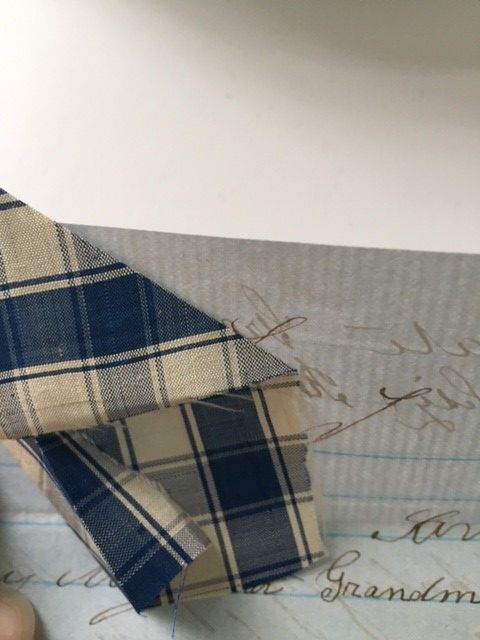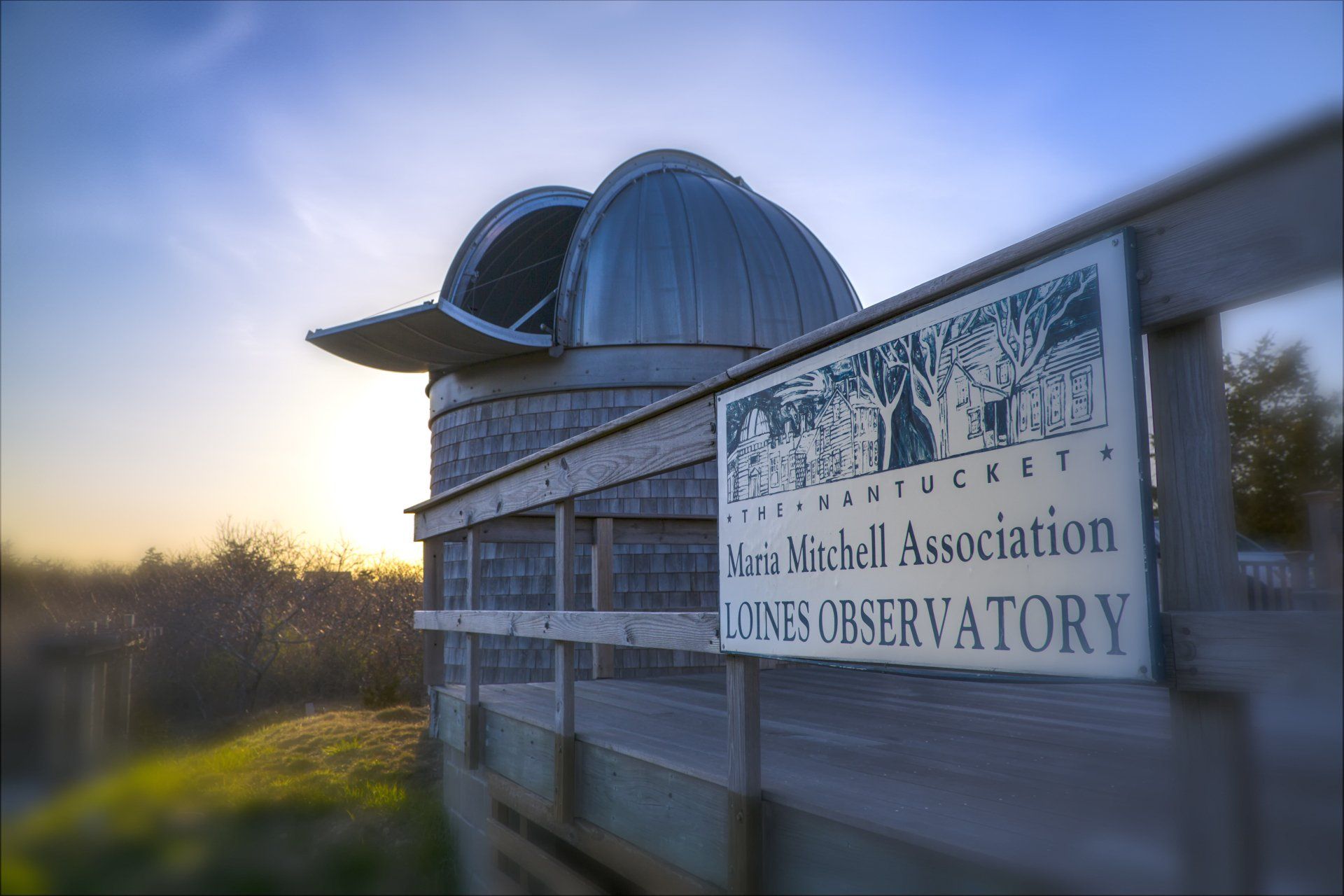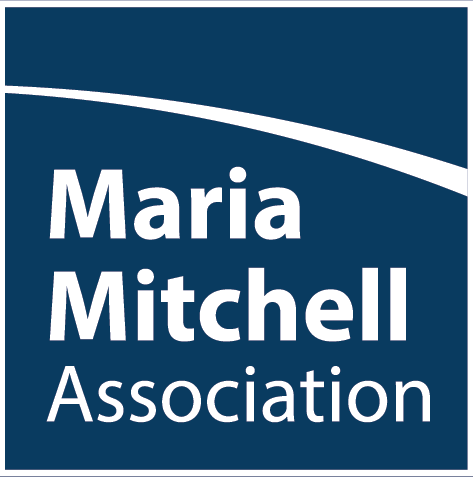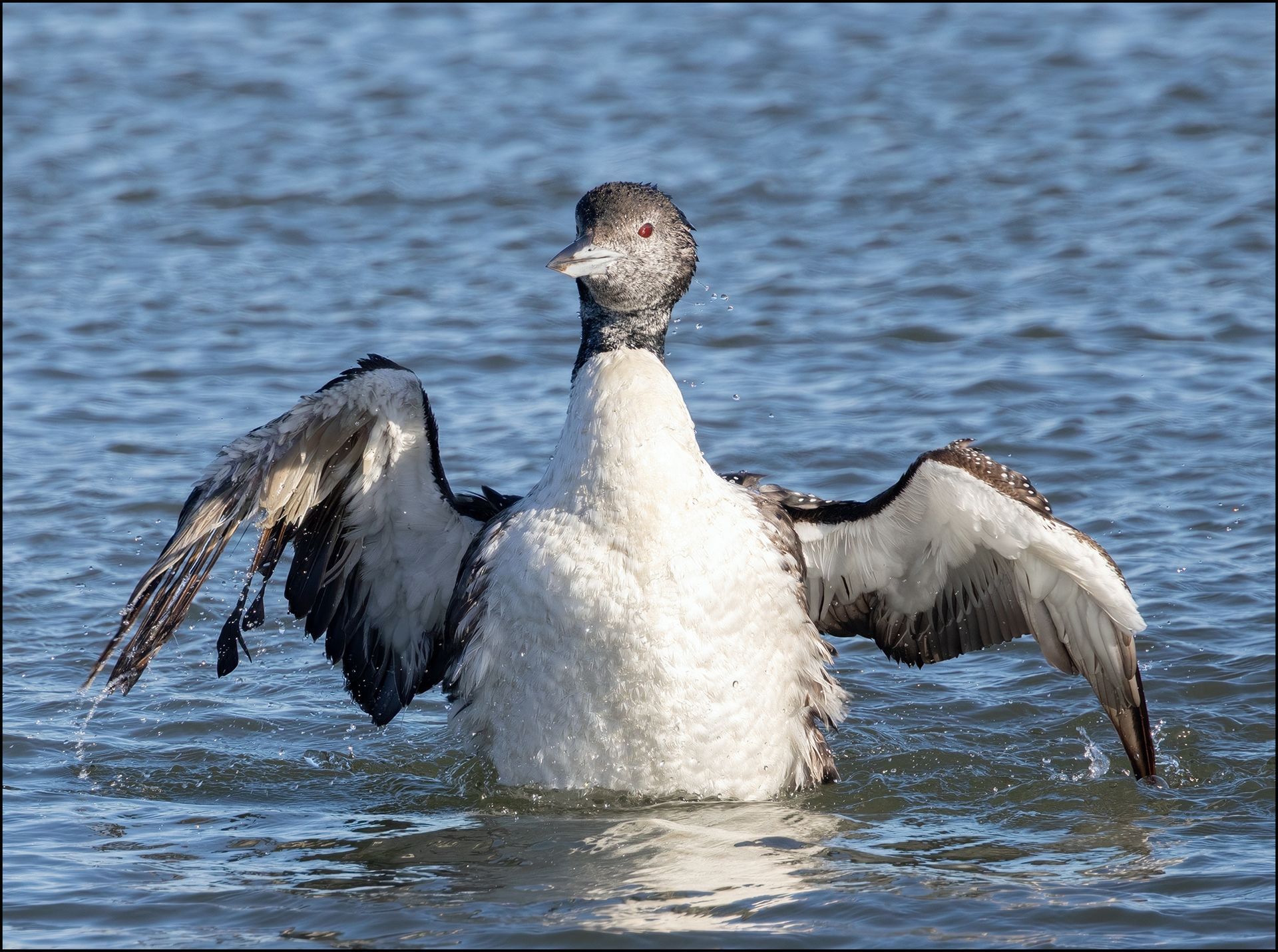Nantucket Maria Mitchell Association Announces New Habitats for Their Tortoise Ambassadors at the Hinchman House Natural Science Museum By Nantucket Pack 92 Cub Scouts
NANTUCKET, MA—The Maria Mitchell Association is thrilled to announce the generous contribution of time, talent, and hard work from the Nantucket Pack 92 Cub Scouts, who have graciously lent their efforts to create new, custom homes for our beloved tortoises at the Hinchman House Natural Science Museum, Mzee and Melvin.
Over the course of 2024, both Mzee and Melvin experienced considerable growth, and it quickly became apparent that their current habitat would no longer meet their needs. Recognizing this, Pack 92 eagerly rose to the occasion, taking on the task of designing and constructing two new, spacious enclosures. Through their ingenuity and craftsmanship, the Scouts meticulously resized, lined, and decorated wooden crates to transform them into ideal homes for the tortoises, ensuring a comfortable and secure environment for them to thrive in for years to come.
On Sunday, January 18th, the Scouts gathered at the Hinchman House Natural Science Museum to assist in the relocation of Mzee and Melvin into their new homes. It was a busy morning filled with activity, as the Scouts moved rocks, prepared a suitable substrate, constructed protective covers, and—inevitably—got a little muddy in the process. Throughout the day, their enthusiasm, creativity, and teamwork shone brightly, as they worked tirelessly to ensure the tortoises' comfort and well-being.
Mzee and Melvin have since settled into their new enclosures and are enjoying the extra space and improved surroundings. The tortoises, as always, are eager to welcome visitors to their new homes. The Hinchman House Natural Science Museum, at 7 Milk Street, invites all to stop by and see Mzee and Melvin in their new habitats, with visiting hours on Fridays from 3 – 7pm, and Saturdays and Sundays from 10am – 2pm. The Maria Mitchell Association extends its heartfelt thanks to the Cub Scouts of Pack 92 for their selfless dedication to this project, which will undoubtedly benefit Mzee and Melvin for many years to come.
Image by Christy Baker.
The Maria Mitchell Association was founded in 1902 to preserve the legacy of Nantucket native astronomer, naturalist, librarian, and educator, Maria Mitchell. After she discovered a comet in 1847, Mitchell’s international fame led to many achievements and awards, including an appointment as the first female professor of astronomy at Vassar College. Maria Mitchell believed in “learning by doing” and today that philosophy is reflected in the MMA’s mission statement, programs, research projects, and other activities. The Maria Mitchell Association operates two observatories, a natural science museum, an aquarium, a research center, and preserves the historic birthplace of Maria Mitchell. A wide variety of science and history-related programming is offered throughout the year for people of all ages
###
For Immediate Release
January 27, 2025
Contact: Christina Norman
cnorman@mariamitchell.org
Recent Posts
